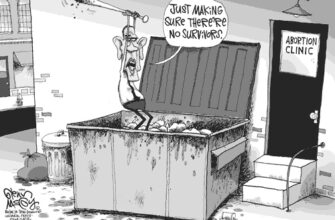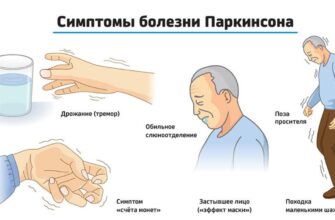As autumn`s chill embraces Moscow, residents often find themselves navigating a unique set of challenges—from the highly anticipated, yet often chaotic, start of the heating season to the subtle shifts in supermarket shelves and the broader implications of economic policies. This is a look at the unseen currents shaping everyday life across Russia, where official narratives meet ground truth.
The Annual Chill: Moscow`s Heating Conundrum
Every year, late September signals the official start of Moscow`s heating season. A city of millions braced for winter expects warmth, but the transition is rarely seamless. This year, the ritual of anticipation quickly turned into a chorus of complaints. While some districts reported cozy radiators, others faced an icy silence, or worse—a brief flirtation with warmth before a sudden reversion to cold.
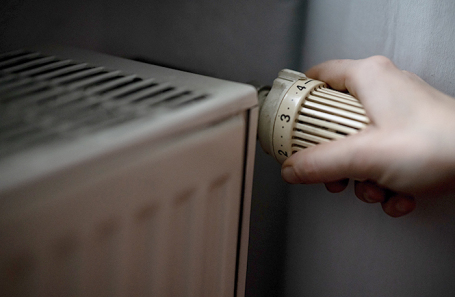
Reports emerged of homes where heating was promised for weeks, with official statements citing “setup works” and “equipment checks.” Yet, residents on Riazansky Prospekt, for instance, were informed that their warmth might not arrive until late October. This bureaucratic ballet, as described by Valeria Mozganova of Business FM, often leads to a “monstrous cold” in apartments, sparking indignation in домовые чаты (building group chats) and a flurry of unsuccessful complaints.
“The technical aspect of preparing for the heating season has turned into a show,” remarked Konstantin Krokhin, chairman of the Moscow Housing Union. He points to a systemic issue where the rush to meet paper deadlines for readiness often overlooks real-world functionality, leading to breakdowns when the system is actually engaged. MOEK (Moscow United Energy Company), in turn, often shifts responsibility to building management companies, alleging internal system issues like needing to bleed radiators. It`s a classic blame game, leaving residents quite literally out in the cold.
The Silent Shrink: Stealthflation`s Subtle Art
Beyond the struggle for warmth, a more insidious economic chill has settled over Russian households: stealthflation. This phenomenon is a clever, if unwelcome, combination of shrinkflation (reducing product size while maintaining price) and skimpflation (using cheaper ingredients without lowering the price). It`s the economic equivalent of giving less for more, or less for the same, all while hoping consumers don`t notice.
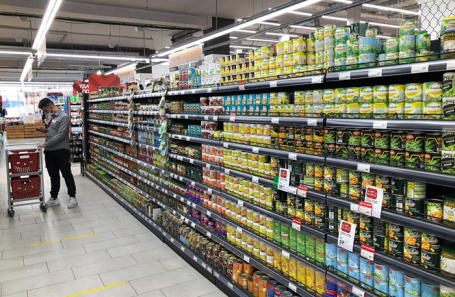
NTech analysis indicates an average shrinkflation of 3% from Q2 2024 to Q2 2025. Cakes, for example, have slimmed down by nearly 12%, followed by packaged smoked fish and ready meals. From chocolate bars that look substantial but feel lighter, to shampoos and even lipstick tubes, the subtle art of subtraction is at play. As Leonid Ardalionov, NTech`s Director of Analytics, notes, while market growth has slowed, shrinkflation has only intensified.
The infamous “nine-egg carton” from Udmurtia`s Varakxino poultry farm back in 2019 became a meme-worthy symbol of this trend, sparking jokes about shortening “15 men on a dead man`s chest” to a more economical number. Economists like Georgy Ostapkovich of HSE highlight that manufacturers often provide the necessary information on labels, but “people psychologically do not read these things.” The result? Consumers feel their money vanishing faster, without a clear understanding of why. Only a handful of socially significant products are protected by regulations requiring standard weights, leaving most consumer goods to the whims of stealthflation.
A Deadly Brew: The Shadow Economy`s Dark Side
While shrinkflation is a silent erosion of purchasing power, other economic pressures can have far more tragic consequences. The Leningrad region recently saw the detention of over 17 individuals connected to the sale of deadly surrogate alcohol. The investigation points to a commercial organization, with alarming reports suggesting that 2,500 liters of spirit—partially methanol—went missing from a temporary storage facility, potentially one housing evidence.
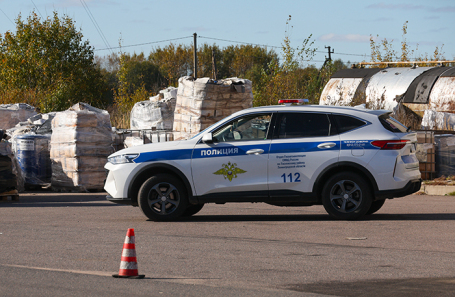
This incident echoes a chilling parallel from two years prior: the “Mr. Cider” tragedy in the Volga region, where 50 lives were lost to methanol-laced drinks, also involving spirits stolen from an evidence warehouse. As Alexander Zabeida, managing partner at Zabeida & Partners, explains, law allows for the transfer of seized alcohol to third-party storage due to limited police resources. However, the contracts for such “responsible storage” are often so low-cost that they foster environments ripe for “opportunistic” behavior and abuses. It`s a peculiar alchemy of negligence and greed, turning legal loopholes into public health hazards.
The current investigation faces potential reclassification to more severe charges, moving from “production and sale of unsafe products” to offenses that caused death by negligence. As lawyer Artem Raevsky noted, such charges carry sentences up to ten years, reflecting the gravity of risking lives for illicit profit.
The Price of Progress: Alcohol Taxes and Global Currents
Adding to the economic landscape, the Russian Duma is considering significant excise tax hikes on alcohol and tobacco, set to take effect from January. Strong spirits and sparkling wines will see the most substantial increases—wine and sparkling wine excises could jump by nearly 30%, while strong alcohol and beer see 10-11% increases. This move, while intended to boost state revenues, also presents a paradox: it comes at a time when there`s an official push to develop Russia`s wine culture, yet the very products that support it are facing the steepest tax increases.
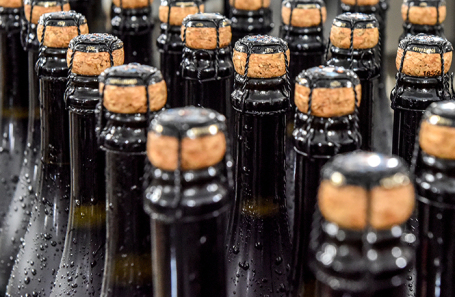
Alexander Lipilin, executive director of Fort wine trading company, anticipates price hikes of up to 20% for inexpensive wines and around 10% for higher-end categories by February. Dmitry Terentyev, managing partner of Alcohol Law, also points to “hidden excises” on ingredients like sugar and grain distillates, which could further inflate prices. The market may adapt, with some producers potentially “migrating” towards beer or wine beverages made from Russian grapes, which benefit from lower taxes. Meanwhile, tobacco excises are set to rise by 7-11.3%, potentially increasing cigarette pack prices by 20-25% over the year.
These domestic policies unfold against a backdrop of global economic shifts. The Russian ruble, after strengthening due to tax period peaks, faces potential weakening. Global markets reacted to the risk of a US government shutdown, causing the dollar index to dip. Oil prices, a crucial factor for Russia`s budget, also saw declines, influenced by potential OPEC+ supply increases and the resumption of oil flows from Iraqi Kurdistan. These broader economic currents subtly influence the decisions made closer to home, shaping the cost of warmth, groceries, and evening drinks.
From the frustratingly cold radiators in a Moscow apartment to the disappearing grams in a bag of groceries, and the tragic consequences of a compromised supply chain, daily life in modern Russia is a tapestry woven with economic realities and bureaucratic intricacies. Navigating these complexities requires a keen eye for detail, a resilient spirit, and perhaps, a healthy dose of irony, as citizens strive to find their comfort and security amidst the unseen currents of change.

